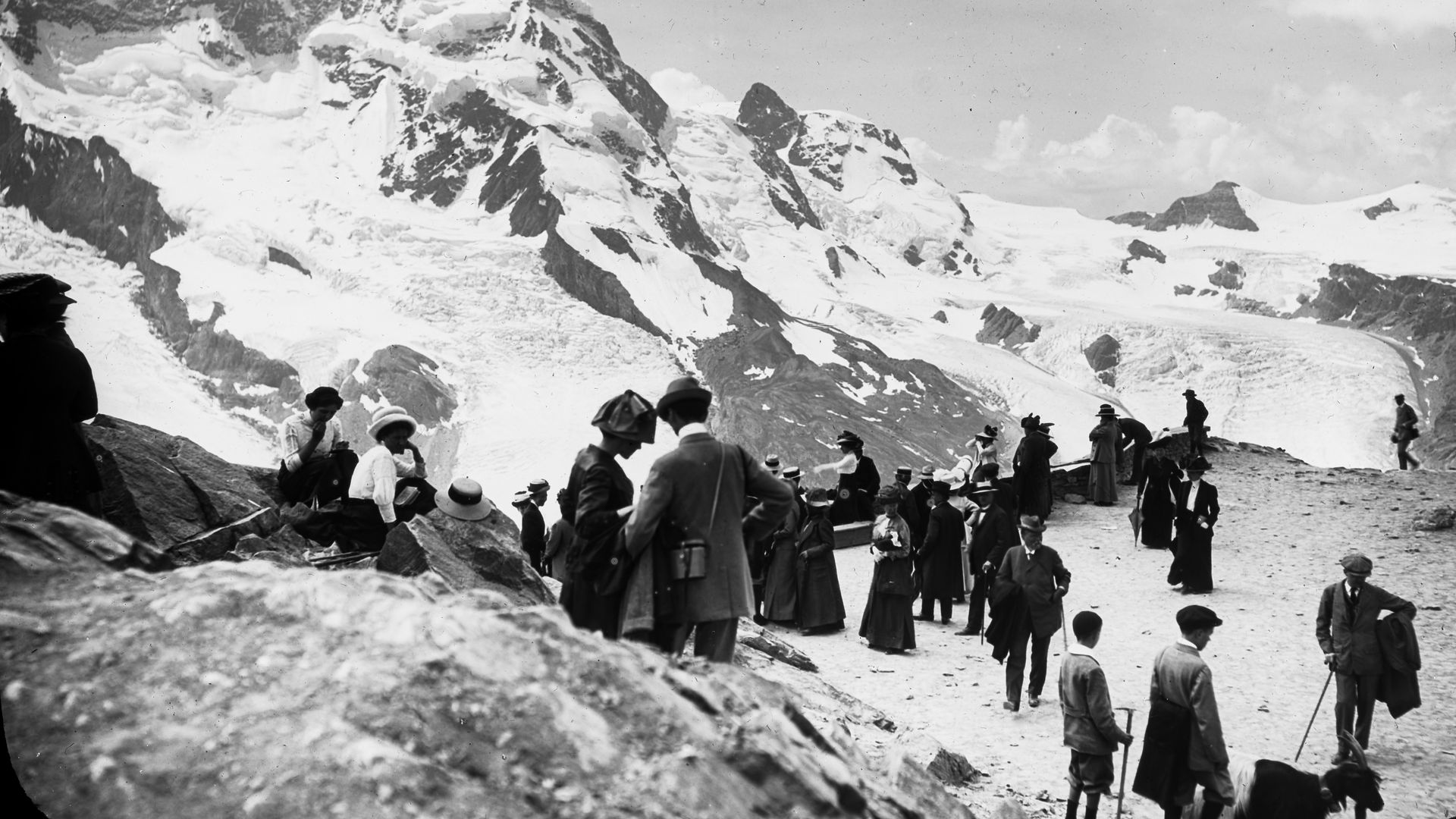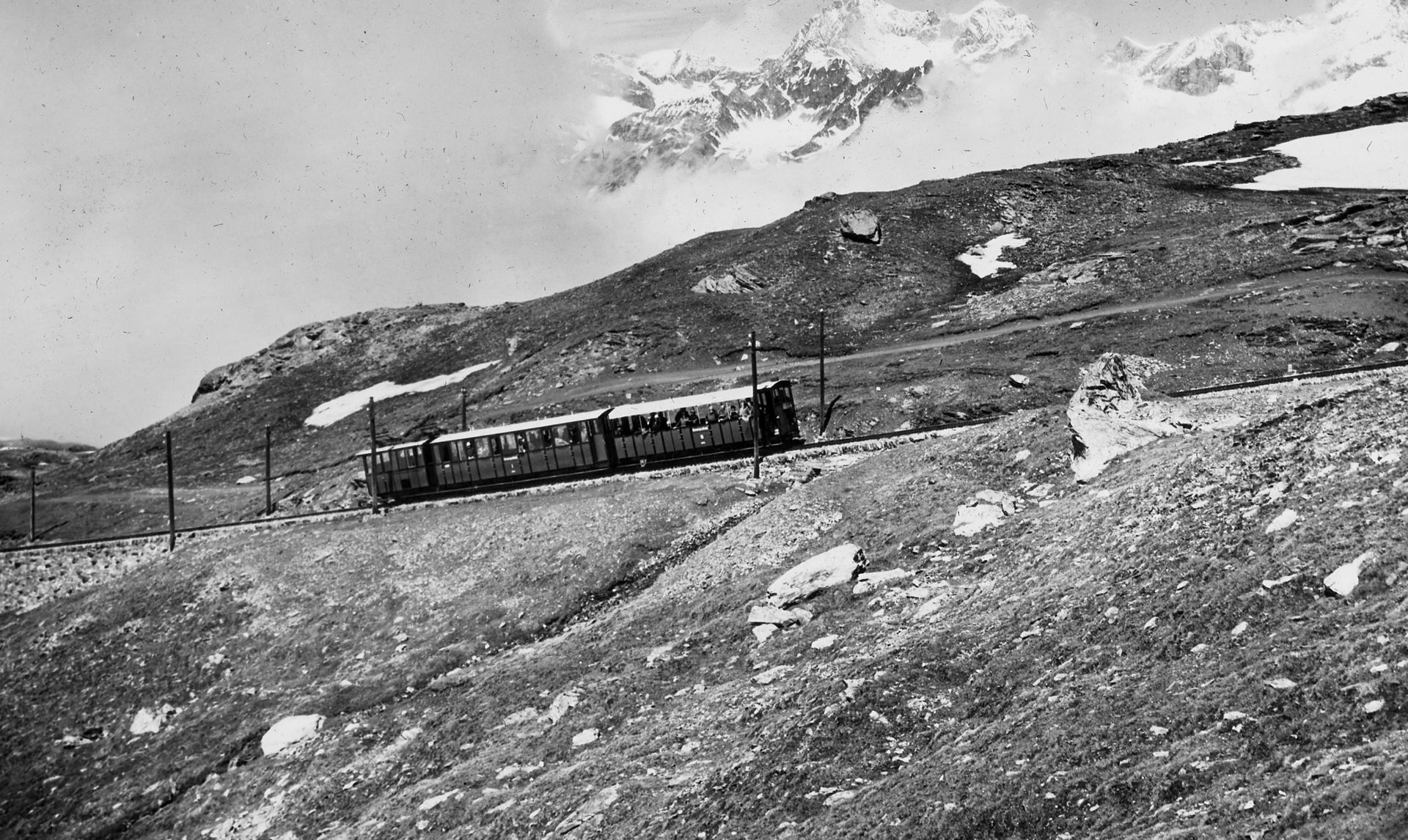Guests by nationality: who visits Zermatt?
Story 88
In the 19th century, most travellers to Zermatt came from Great Britain. The reason for this was the important role played by the British in the discovery of the Alps. But how has the guest structure changed over the decades?
English pioneers
British adventurers and scientists played a pivotal role in “discovering” the Alps. During the “golden age of mountaineering” in the second half of the 19th century, English mountaineers with mountain guides from Valais and the Bern region were the first to climb the four-thousand-metre peaks. In 1856/57, more than 59% of guests came from Great Britain. Together with travellers from Germany, France, Italy, Austria and the Benelux countries, they accounted for 88 per cent of guests in Zermatt. In contrast, the number of Swiss guests was still very modest at 10%.
Opening of the Gornergrat Railway changes guest statistics
Around 1900 – two years after the opening of the Gornergrat Railway – the number of visitors to Zermatt from Germany, France and the USA in particular increased. At 32%, however, the British remained the most important guest group in Zermatt. The proportion of Swiss people actually fell slightly to eight per cent.
Continuous growth in the number of Swiss guests
From 1910 onwards, the number of domestic guests increased steadily. With the advent of winter tourism and the expansion of the services offered by the Gornergrat Railway, more and more Swiss people travelled to Zermatt, with their share of visitor numbers growing to 47% in 1934.
After the Second World War, many American soldiers spent their holidays in Switzerland and in Zermatt. This made Switzerland famous and it became a popular destination for travellers from the USA: in 1970, 30% of visitors to Zermatt came from North America.
Growing internationality
With the expansion of transport routes and the acceleration of travel, the internationality of the guests steadily increased, with Asian visitors in particular discovering Zermatt.
Please note: for the comparability of statistics, the classification of origin as used in 1856 was retained.


